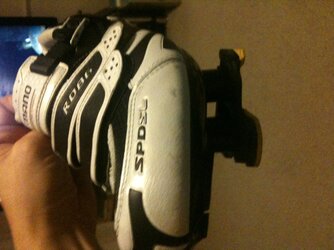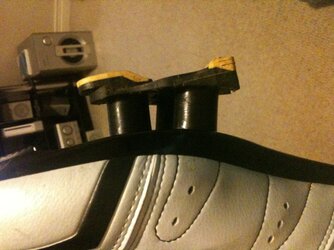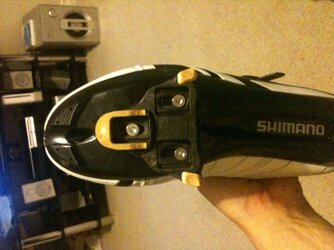Fair enough, My point was this, but I'm a paper shuffler, not a geometer, so I could be wrong...
Just looking at it theoretically, what you need to do is to reduce the pelvis-pedal distance for one leg. OK, by using a shorter crank on one side you can get the foot to move in its optimum circle, but the centre of that circle won't be correct. At the bottom of the stroke you will have compensated for the difference, but at the top of the stroke the shortfall will now have been doubled - if one leg is shorter by 1cm and you go from a 175 to a 165 on that side, the pedal at the top is now 2cm further away from equilibrium. What you need to do is to move the effective centre of the circle upwards; so because the pedal retains its orientation, the adjustment has to be made to the distance between the top of the pedal and the foot, NOT to the distance between the two ends of the crank.



